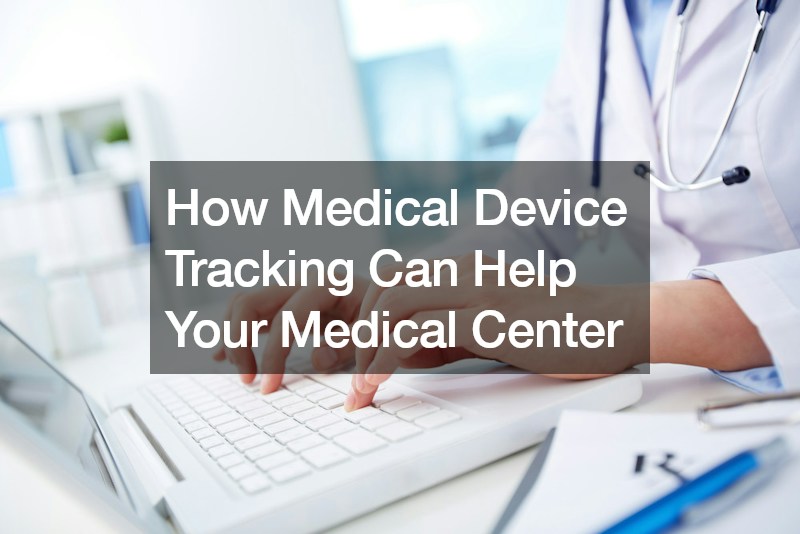Medical device tracking is proving to be a transformative solution for healthcare facilities, especially in addressing the challenges posed by missing or misplaced medical equipment. The impact of such issues on patient care, procedure delays, and operational inefficiencies is substantial. However, innovative solutions like medical device tracking offer ways to mitigate these challenges.
Medical device tracking involves real-time monitoring and location updates for high-value and frequently used medical equipment.
This technology provides clinical teams with live information on the status and location of crucial assets, ensuring they are readily available when needed. This is particularly crucial during critical processes like turning over operating rooms, where sanitation, servicing, and restocking must occur promptly.
The system operates through data translation into work orders, sent directly to staff through a mobile app on handheld devices. For instance, when environmental services teams complete room tasks, nursing teams receive instant notifications that the space is ready for the next patient.
The benefits of medical device tracking extend across departments, offering real-time information sharing, enhanced accuracy, and improved patient care. Nurses can efficiently locate required medical equipment, reducing the time spent on tracking assets and allowing them to focus more on patient needs.
Moreover, medical device tracking contributes to better operational and financial management. By providing valuable business intelligence, healthcare facilities can make evidence-based decisions on purchasing, reduce surplus inventory, and ultimately cut costs. Embracing medical device tracking is a strategic move for medical centers aiming to streamline workflows, enhance visibility, and, most importantly, improve patient outcomes.
.





